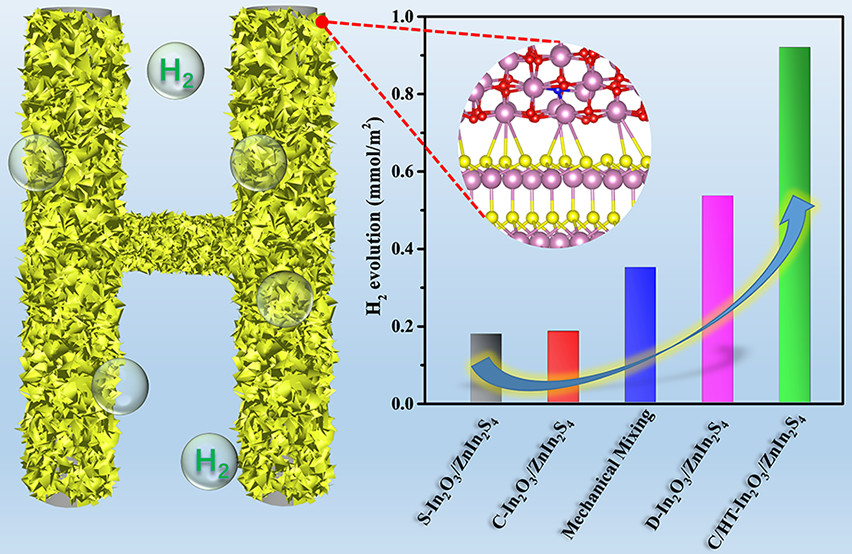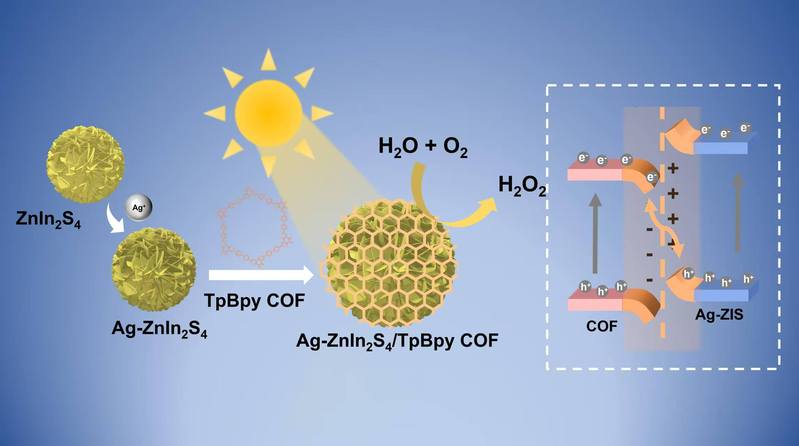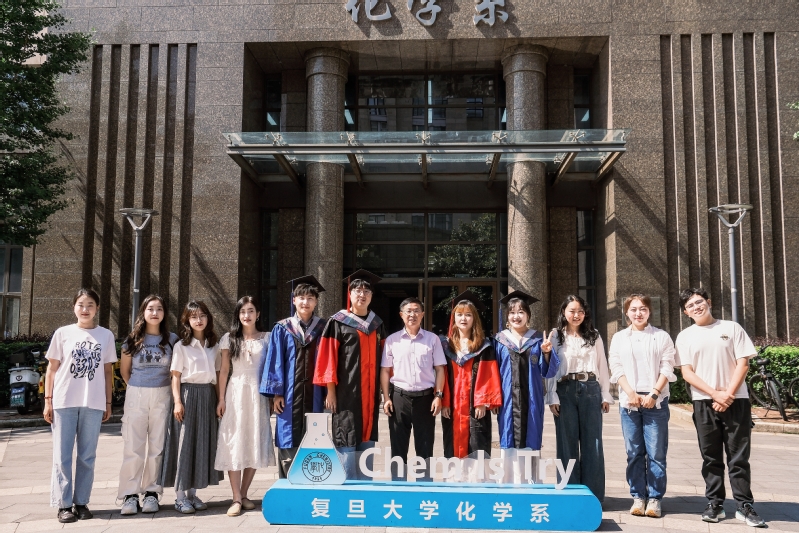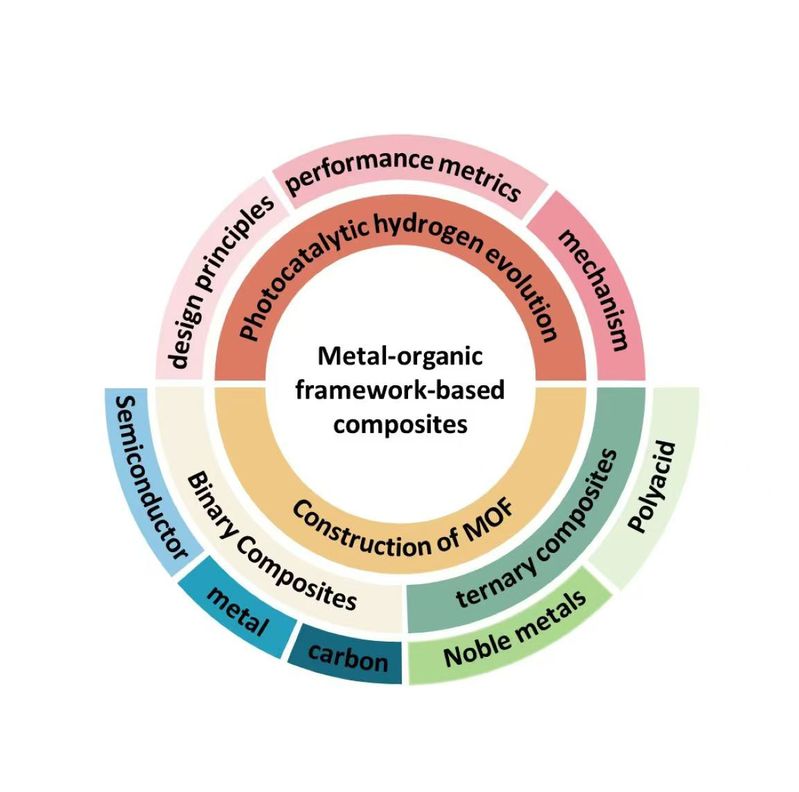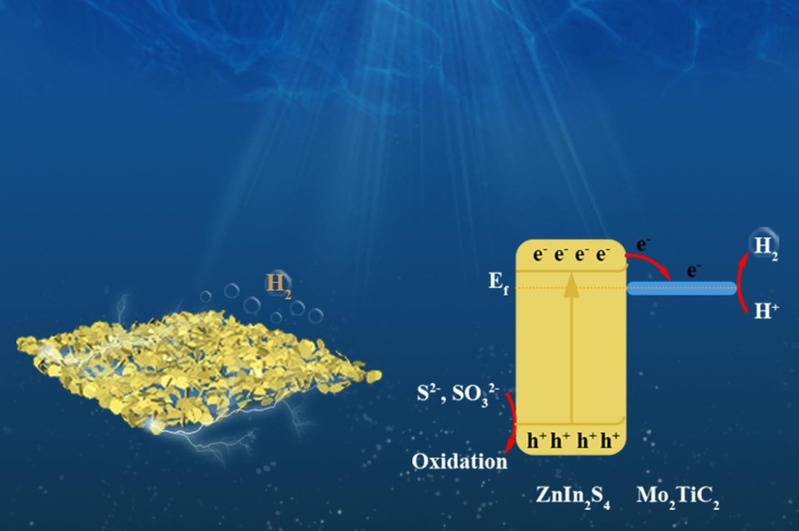A hierarchical hollow tubular In2O3/ZnIn2S4 heterostructure was rationally designed by growing thin-layered ZnIn2S4 on the surface of carbon-coated hollow tubular In2O3 (C/HT-In2O3) that was derived from In-MOF as a photocatalyst for the photocatalytic hydrogen evolution (PHE) reaction. The fast interfacial charge transfer and significantly enhanced PHE activity could be ascribed to the narrowed band gap of C/HT-In2O3 and the inclined formation of the staggered heterostructure between C/HT-In2O3 and ZnIn2S4. The former was caused by the coordinated In–N–In sites as revealed by EXAFS analysis, while the latter was proved by density functional theory (DFT) calculation. Additionally, the high electronic conduction of carbon for bridging charge separation from C/HT-In2O3 to ZnIn2S4 further accelerated the protonation process. It was found that the optimum H2 evolution rate reached 920.5 μmol/m2 when the mass proportion of counterparts was set at 1:2, about 13.2 and 6.6 times higher than that of pristine C/HT-In2O3 and ZnIn2S4, respectively. This work demonstrated the feasibility of establishing coordinated In–N–In sites in the interface of the carbon-coated HT-In2O3/ZnIn2S4 heterostructure for boosting charge transfer and introduced an ideal light-activated catalyst for PHE reactions from water.
相关推荐
Congratulations to Jiayi Meng on recent paper published in "Journal of Colloid And Interface Science"
祝2025届全体毕业生毕业快乐!
Congratulations to Quanmei Zhou on recent paper published in "Molecules" Recent Studies on the Construction of MOF-Based Composites and Their Applications in Photocatalytic Hydrogen Evolution
Congratulations to Yuchen Wei on recent paper published in "Catalysts" The Construction and Photocatalytic Application of Covalent Triazine Framework (CTF)-Based Composites: A Brief Review
Congratulations to Huihui Zhang on recent paper published in "Separation and Purification Technology"
 Wei-Lin Dai Group
Wei-Lin Dai Group